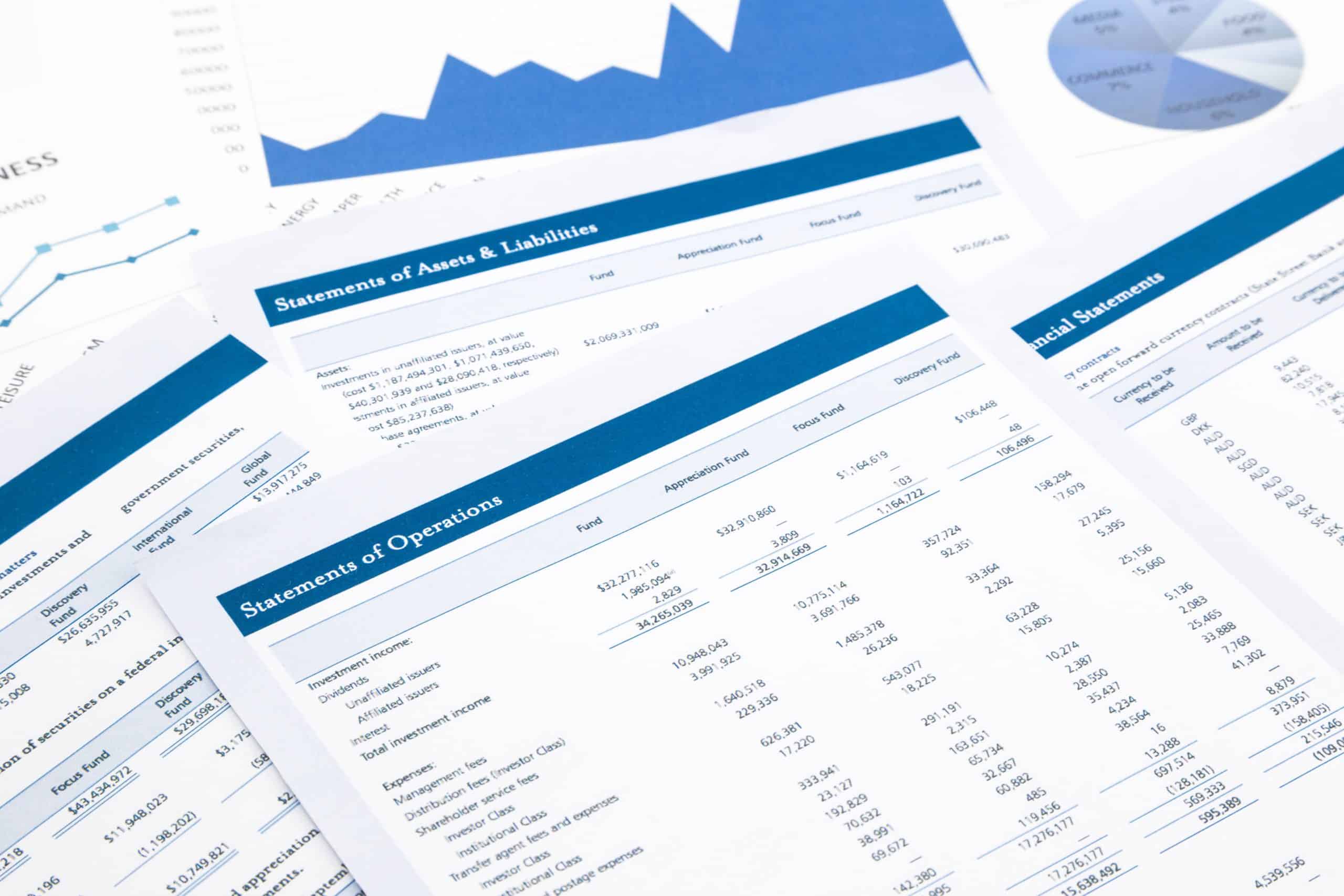In today’s challenging environment, a construction company’s relationships with its lenders and surety are more important than ever. One way to enhance these relationships is to optimize your financial reporting to ensure it provides the information that lenders and sureties need to feel comfortable extending credit and bonding to your business. Here are five ways to optimize the process.
1. Prepare timely, high-quality financial statements
This may seem obvious, but sloppy financial reporting is a big red flag for financial statement users. Regardless of your company’s financial health, lenders and sureties will hesitate to extend credit unless your statements are complete, accurate and timely. And that also goes for additional documentation such as work-in-progress (WIP) schedules and owners’ personal financial statements.
Don’t view financial reporting as only a once-a-year activity. Dedicate yourself to preparing high-quality interim financial statements throughout the year. Lenders and sureties hate surprises; solid monthly or quarterly financial reporting will minimize the need for year-end adjustments.
2. Benchmark your performance
Compare current financial statements to previous years’ statements as well as to industry data from comparable companies.
Benchmarking against your own results can reveal trends in financial performance over the years — both positive and negative — and reveal potential reporting errors. You may discover opportunities to improve your financial reporting as well as to reduce debt, speed-up collections, or correct a pattern of under- or overbilling.
Benchmarking against industry data lets you see how your financial statements and key performance indicators stack up against the competition. Compare key ratios — such as debt-to-equity, return on equity, working capital turnover and current ratio (current assets to current liabilities) — to those of construction businesses of similar type and size in your geographic region. Benchmarking can serve as an early warning system that enables you to address financial weaknesses before it’s too late.
3. Boost working capital
It’s not enough to be profitable on paper or have a healthy net worth. Financial statement users also want to see solid working capital and a strong cash position, which reflects your ability to fund current operations.
Working capital is defined as current assets minus current liabilities. Current assets include cash and assets readily converted into cash — such as short-term receivables and certain inventory — in contrast to illiquid assets, such as buildings and equipment. In assessing working capital, lenders and sureties usually discount riskier assets, such as old or related-party receivables or prepaid expenses.
There are many strategies for improving working capital. Examples include accelerating collection of receivables, negotiating more favorable payment terms with vendors and suppliers, and refinancing short-term debt with long-term debt.
4. Closely monitor current jobs
Among the most important documents for lenders and sureties is the WIP schedule, which tracks contract price (adjusted for change orders), costs incurred to date, estimated job costs, estimated gross profits, revenues recognized, percentage of completion, billings to date and other information for ongoing jobs.
Preparing and analyzing periodic WIP schedules can help you spot problems and address them before they can escalate out of control. For example, a WIP schedule may reveal jobs are underbilled, which could signal lax billing practices, cost overruns, management inefficiencies or an unhealthy number of unapproved change orders.
Reviewing and comparing WIP schedules and completed contract schedules over time can also uncover unhealthy trends such as profit fade — that is, gross profits that decline over the life of a project. Profit fade is a red flag for lenders and sureties, so it’s important to address promptly. Potential strategies include improving estimating practices (or using more conservative estimates) and fine-tuning procedures for managing change orders. Speaking of which …
5. Get a handle on change orders
Policies and procedures regarding revenue recognition, particularly with respect to unapproved change orders, can have a big impact on financial reporting.
For projects with frequent change orders, a conservative approach — that is, recording revenue only when change orders are approved — can distort your financial statements. On the other hand, an approach that’s too aggressive can mislead financial statement users regarding the revenues you’re likely to collect.
Many construction businesses take a middle-ground approach, recording revenue on unapproved change orders at the lesser of the estimated amount expected to be approved or their actual costs to perform the change order.
Regardless of your approach, explain it clearly to lenders and sureties so they understand the extent to which your financial statements include revenue on unapproved change orders. The more information you provide to financial statement users about your revenue recognition policies, the more comfortable they’ll be.
Communication is key
Even if business is booming, the best way to make lenders and sureties comfortable with your financial statements is to maintain ongoing communication about developments — good or bad — that affect your performance. This demonstrates not only good faith, but also the fact that you’re regularly engaging in effective financial reporting. Your CPA can be an invaluable advisor in this effort.
Consider preparing comparative financial statements
Lenders and sureties typically ask for several years of financial statements to look for trends and patterns. That’s why it’s a good idea to prepare comparative financial statements, whether users ask for them or not.
These statements present figures from previous periods, along with the latest figures, in side-by-side columns. This helps users identify and evaluate trends. To further enhance analysis, they may also include columns that show the variance and percentage changes between periods.
Along with providing valuable information to lenders and sureties, comparative financial statements provide your construction business with a powerful management tool.


